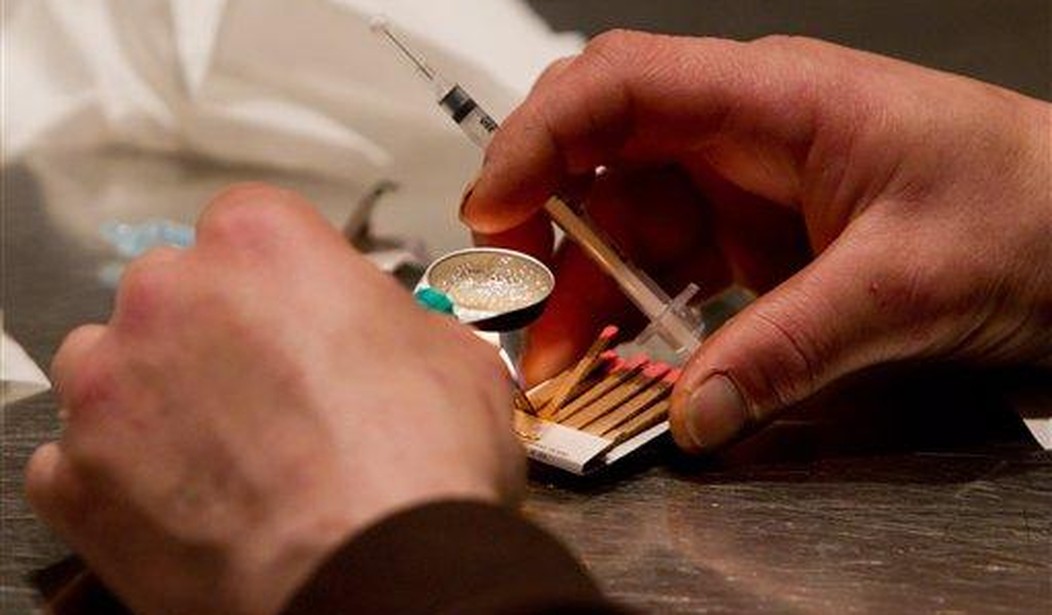In 2020, Oregon voters passed Measure 110, a proposal to decriminalize the use of most drugs. Much like other large, blue cities including New York, Los Angeles, and Baltimore, Oregon set up “safe injection sites” in Portland and other locations. Clean needles were provided in a “safe” setting while they tried to tempt some of the people to enter addiction treatment programs. They widely pushed the idea of “self-help in lieu of incarceration.” So how did that work out?
That depends on the criteria you’d like to apply. If you’re measuring how many people wound up in jail, then it was a total success, since virtually nobody was being locked up anymore on illegal drug charges. But if you’re measuring how many people have been overdosing and either dying or requiring hospitalization, it’s been a complete train wreck. Even the elected officials who were in charge of the program are now admitting that it simply didn’t work. Instead of making things better, they have arguably made them worse. (Washington Examiner)
Oregon state officials are admitting that a 2020 ballot measure to decriminalize drugs has failed as overdoses skyrocket and appropriated funds remain unspent.
Testimony before the House Committee on Behavior Health on Thursday painted a grim picture of Oregon’s efforts to encourage self-help in lieu of incarceration.
“When the voters of Oregon passed Measure 110, we did so because it was a change of policy in Oregon to improve the lives of people, to improve our communities,” Secretary of State Shemia Fagan testified. “And in the years since, we haven’t seen that play out. Instead … we’ve seen the problem with drug addiction get worse.”
The state legislative representative from one district reported that she had recorded a 700% increase in overdoses and a 120% increase in deaths. Oregon’s behavioral health director is still trying to defend the program, however, saying that it was “just underresourced” and they had “underestimated the work involved.” He also claimed that it was still “an experiment” that was in progress.
Perhaps that’s so, but they are “experimenting” on the lives of people with serious addiction problems. And the lab rats are dropping like flies. This is all happening thanks to a $300 million budget that was allocated for the effort, though only 13% of the money has been spent thus far. They launched the program without even planning out the resources they would require, who would do the work, and what the money would be spent on.
Nearly every aspect of the plan fell on its face. People found to be in possession of heroin, methamphetamine, cocaine, or other drugs, were given the choice of paying a small fine or having the fine waived if they called a government addiction help hotline. Virtually nobody paid the fines and only 91 of 1,885 people actually wound up calling the hotline.
Oregon has now reached number one on the list of states with the worst addiction rates in the country according to the National Survey on Drug Use and Health. But hey… at least they’re number one at something, right?
We’ve seen this movie before and it always ends the same way. If you invite people to “safely” inject illegal drugs in public spaces and remove nearly all disincentives to do so, people will show up and inject drugs. And particularly now that we live in the era of the fentanyl explosion, quite a few of them are going to overdose and a fair number of them will die. Sometimes addicts have to reach rock bottom before they find a path to reach out and seek help. Going to jail is often one of those “rock bottom” moments. But if you simply invite them to keep showing up day after day and shooting up, a lot of them will do just that. This isn’t long division.









Join the conversation as a VIP Member